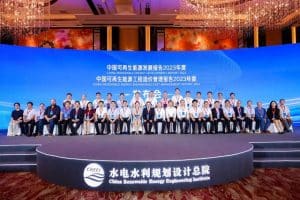It is well-known that many villages and old buildings in China are disappearing due to the advance of urbanization. From 2000 until 2010, the number of so-called “natural villages” (villages that grew spontaneously and are not administrative divisions) in China’s rural areas dropped from 3.6 million to 2.7 million. The efforts of one young man to save and revive some of China’s traditional villages have now gained some attention from the Chinese media. Born and raised in a Sichuan village, Tang Ming has a strong sense of mission and nostalgia toward villages in China. After studying in Peking University under Professor Yu Kongjian, known as the Father of Landscape Architecture, he worked in various fields after graduation, from consulting to investment. Feeling the call from his heart, Tang Ming founded the first “Sustainable City Forum” in 2010 and organized an effort to save some of the traditional Hakka round dragon houses of Southern China in 2014, when they were under threat of being torn down.
After successfully conducting this campaign, Tang Ming decided to gather support to work on this cause systematically. In 2014, he set up the “Friends of Spirit Community”, to rescue more villages and revive people’s livelihoods through connecting needs in the countryside with resources. Knowing that alone he could do little, Tang Ming decided to leverage the power of crowdsourcing. As of today, the Friends of Spirit Community has cultivated 341 projects and raised more than eleven million yuan around the country. It has also made possible the rejuvenation of more than 300 villages with help from more than 100,000 volunteers.
Thanks to the Friends of Spirit Community, an old village near Guangzhou was able to access two hundred thousand yuan and turned an old military watchtower into an art studio. This act attracted attention, and helped the village acquire status as one of the Guangzhou area’s heritages. Another case concerns the old art of sculpting olive pits. With the help of this organization the master of this rare art form, Chou Hanjun, rented a studio in Zengcheng, an old village near Guangzhou. His studio brought business to the village and motivated local people to learn to sculpt olive pits, rather than sculpting ivory. In this way the project was also of benefit to the cause of elephant protection.



